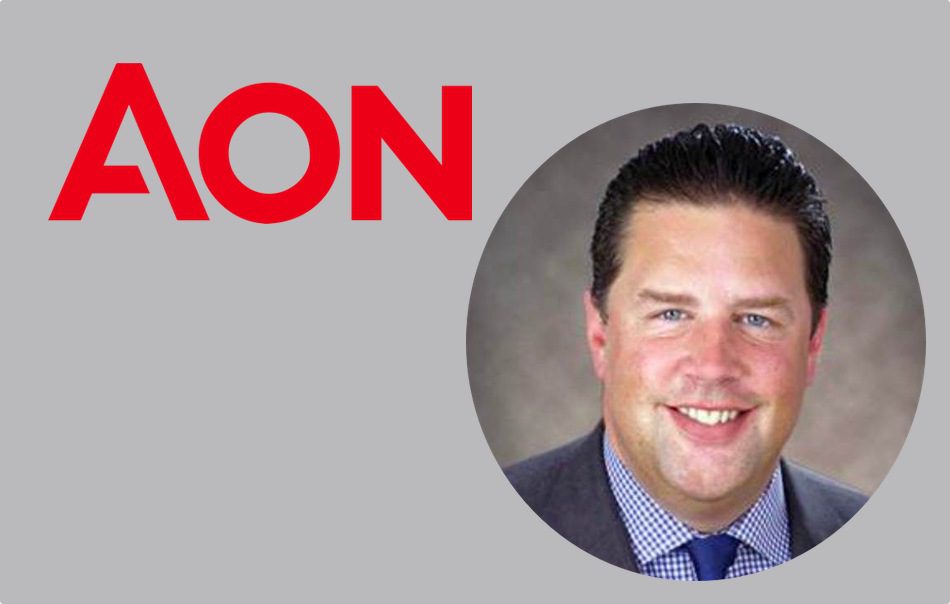Aon’s Marcell highlights lack of reinsurance renewal quotes issue

Andy Marcell, the CEO of Aon’s Reinsurance Solutions, has highlighted the slow and delayed start to the reinsurance renewals and implies the lack of quoting activity has become an issue, calling on reinsurance markets to “move towards” risk at this renewal, not away from it.
Clearly the way the reinsurance renewals are progressing is seen as problematic at the broking giant, as Aon leverages its CEO’s network to get the word out on the need for reinsurance markets to respond to client needs.
Andy Marcell points to the importance of reinsurance in society and the challenges the sector has recently faced, in a blog post published on Linkedin today.
But these challenges have significant ramifications for the brokers’ client base when it comes to having certainty over their capital arrangements for 2023.
“They now need their reinsurance partners to provide quotes that enable transactions to be concluded,” Marcell explains of Aon’s clients.
Clients need “their capital providers to offer them a level of certainty in an uncertain environment,” in this market dynamic Marcell said.
They are looking to lock in cover, to enable them to “move with confidence into 2023”, but Aon’s clients also require “sufficient governance time for quotes to be reviewed and accepted.”
Which is where the current stalemate, in terms of a slow pace of quoting and the lack of firm-order-terms (FOT’s) agreed for the renewals, is becoming detrimental to that planning, Marcell believes.
He said that some reinsurers are “demonstrating an understanding of client needs and a longer-term commitment to providing sustainable solutions in a consistent and thoughtful way,” with these reinsurance markets “becoming more successful.”
In addition, Marcell writes that Aon’s Reinsurance Solutions division is already seeing evidence of some markets “raising capital in order to seize opportunities in the current environment.”
“We believe that the renewals period represents a time to move towards, not away from risk, and those that do so will be rewarded for their endeavours,” Marcell said.
Adding that, “In this relationship business, anyone that steps up to the plate will be remembered and valued as a true partner. This industry was built on the sharing of risk and reward, and if we work together this will continue to be the case.”
While warning that, “If the cogs in the re/insurance engine are not lubricated by a steady flow of capital, the machine grinds to a halt and hinders productivity in the global economy.”
The January 2023 renewals so far are almost in deadlock, with many offered programs getting pushed back for repricing and restructuring, resulting in significant uncertainty for cedents, as reinsurance and ILS markets continue to hold their ground on price and terms.
As we explained in an article earlier today, there are examples where significant risk-adjusted rate increases are proving insufficient for reinsurance and ILS markets, causing brokers and their clients to be sent back to the drawing board to consider how placements can be adjusted to better fit the now higher returns requirements of the market.
This is an issue and one that could result in a very late renewal this time around.
Mismatching of client ambitions with reinsurance market risk appetites and return requirements, is a feature of a manual and often laborious reinsurance renewal process.
It’s not so much a feature by-design, as one that the reinsurance market has fostered through its evolution.
But this feature only really becomes so apparent, enough for the CEO of a major reinsurance broker to comment on it, when the market is dislocated and exceptionally pressured, as we see today.
Which drives home the need for greater efficiency and use of technology in the reinsurance renewal process, particularly around how reinsurance markets can express a true appetite for risk and the return their capital requires, in a more dynamic manner.
A dynamic manner that should also enable cedents to receive real-time feedback, so they can respond and adjust their ambitions accordingly and move closer to agreement.
In the current reinsurance market structure, this still tends to be a largely email driven process, which can prove far from dynamic.
Smoothing the process of matching risk to capital, while allowing capital to express its true return-requirements, can remove a lot of these pain points. Especially at the renewal seasons, when so many programs come to market all at once.
The fact the market functions at all is sometimes a mystery, given how set in its ways it can be, when it comes to how the final step-in-the-chain process of receiving quotes and bids is undertaken.
However, if markets don’t want to quote, as they require a certain level of return to deploy their capital and don’t see the opportunity to achieve that in what they are presented, you can’t really blame them for not putting their best feet forward. Can you?
But the goal of meeting somewhere in the middle could perhaps be achieved more smoothly and easily for all sides, if the reinsurance renewal placement process was modernised and some of the existing technological opportunities embraced, that can really allow cedents and capital to come closer together during the all-important negotiation process.
The market, in the majority, really wants to move towards risk. But perhaps it needs to move further towards efficiency to achieve that.






